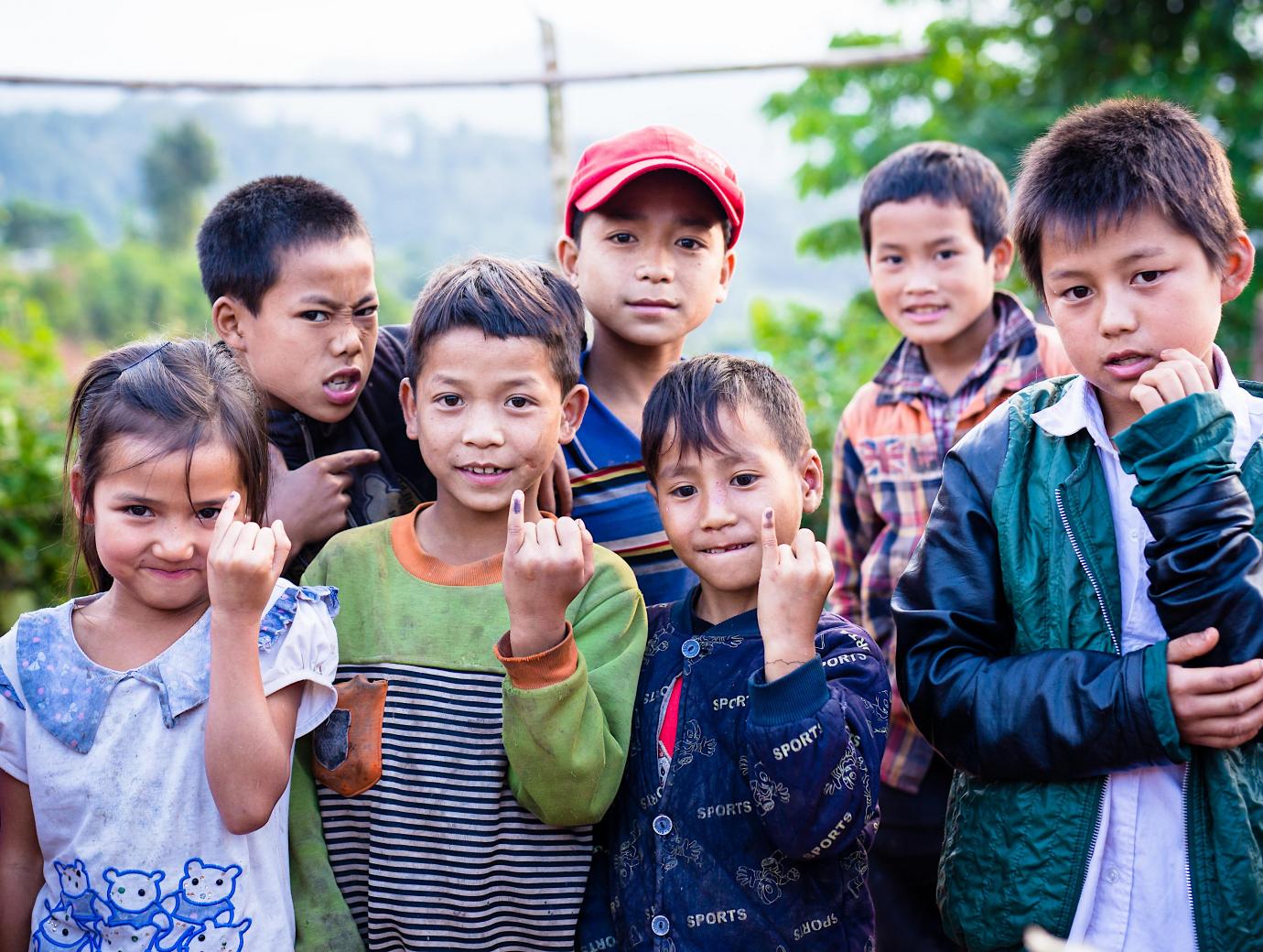This article analyses countries that implemented mandatory infant and childhood immunization, sharing the best practices and lessons learnt.
Globally, infant and childhood vaccine uptake rates are not high enough to control vaccine preventable diseases, with outbreaks occurring even in high-income countries. This has led a number of high-, middle-and low income countries to enact, strengthen or contemplate mandatory infant and/or childhood immunization to try to address the gap. Mandatory immunization that reduces or eliminates individual choice is often controversial. There is no standard approach to mandatory immunization. What vaccines are included, age groups covered, program flexibility and rigidity e.g. opportunities for opting out, penalties or incentives, degree of enforcement, and whether a compensation program for causally associated serious adverse events following immunization exists vary widely. We present an overview of mandatory immunization with examples in two high- and one low-income countries to illustrate variations, summarize limited outcome data related to mandatory immunization, and suggest key elements to consider when contemplating mandatory infant and/or child immunization. Before moving forward with mandatory immunization, governments need to assure financial sustainability, uninterrupted supply and equitable access to all the population. Other interventions may be more effective and less intrusive than mandatory. If mandatory is implemented, this needs to be tailored to fit the context and the country’s culture.


